Fire for the Real Food Movement

Just when you think you have found your real passion in life, you discover another, and another. How is this so? We’ve learnt that it takes stepping out of your comfort zone and embracing your beliefs and shouting it across the rooftops. The beginning of our Pinkfarm Facebook page was just that. Putting ourselves in the face of the public eye was stepping out of our comfort zone. We embraced our belief in the power of food as fuel for our bodies and sharing our knowledge, journey and experiences with people across the globe is shouting it across the rooftops!
With open arms we have shared some of the intimate moments of our lives and shone a light through the walls of our homes, including: what we have for breakfast daily; what we like to do; our birth choices; who our children are; why we do what we do; our love and respect for animals; our addictions and addictions we have overcome; health issues we have conquered; the fact that we call each other “Dot”……and most of all, our passion for eating for health and happiness. All of this has lead us to this remarkable milestone of launching our long awaited website. Pinkfarm~your real food culture.
Two years ago, neither of us had this vision. We have followed our hearts and our hearts have led us to the creation of a community we never dreamt of existing. A community of supportive, passionate, interested, motivated and inspiring people. A community that can change the world!
Our children have been the driving force behind all of this. Our children really are our teachers. Without our children we would never have discovered all that we know about ourselves. Just over three years ago our lives were simultaneously challenged by the appearance of mysterious skin and respiratory issues in our young sons, which lead us to the discovery of ‘gut health’ on a microbial level and the massive influence it has on our health (read more about this here). We are thankful to our friends and family who in many ways have challenged, inspired, encouraged and supported us on this journey.
At our 20th high school reunion, we shared our stories (read Pinky’s story here and Farmer’s story here), over cups of tea with our high school besties. We were encouraged by our friends to start a blog as a space to share these experiences, challenges, awakenings and lifestyle changes. Six months later, there was no blog, but we opted for a Facebook page. After sharing our stories and discoveries on facebook for just over a month, we were asked by Care Chiropractic Queensland to run our very first workshop titled ‘Food for Thought.’
After this event momentum was building and we grew to do more workshops which connected us with the reality of what we were sharing on facebook. This journey has been like meandering down a river, not knowing what course we were taking, but thoroughly enjoying and embracing the twists, turns and rapids that were coming our way. We birthed Pinkfarm’s Cultured Community Australia, the first database of its sort; we built and shared our concept of the Pinkfarm Royal Breakfasts; we branded our Pinkfarm lunches with Planetboxes and we have developed numerous workshops that have provided the opportunity to be with our community, creating a real food culture.
With much gratitude, joy and excitement we proudly announce the official launch of our website and blog; Pinkfarm – your real food culture. Our passions have ignited the fire in us to contribute to the real food movement. We welcome you to join this community and together we can keep the fire burning stronger and brighter, bringing more awareness and acceptance of the importance of food and its ability to heal and nourish.
After all, with knowledge comes awareness and with awareness comes change.
Let’s build a brighter future for everyone!
Chunky Buckwheat Granola

This is something quick we may grab for dinner given that we have a Royal Breakfast and a good lunch most days. It serves well as a “get your own brekky” day for the kids and it makes a great lunchbox addition. Rich with healthy fats and quality proteins this is a sweet treat for certain occasions. Try serving it with your choice of yoghurt or cream and some milk of your choice. To learn why and how to sprout buckwheat read more here.
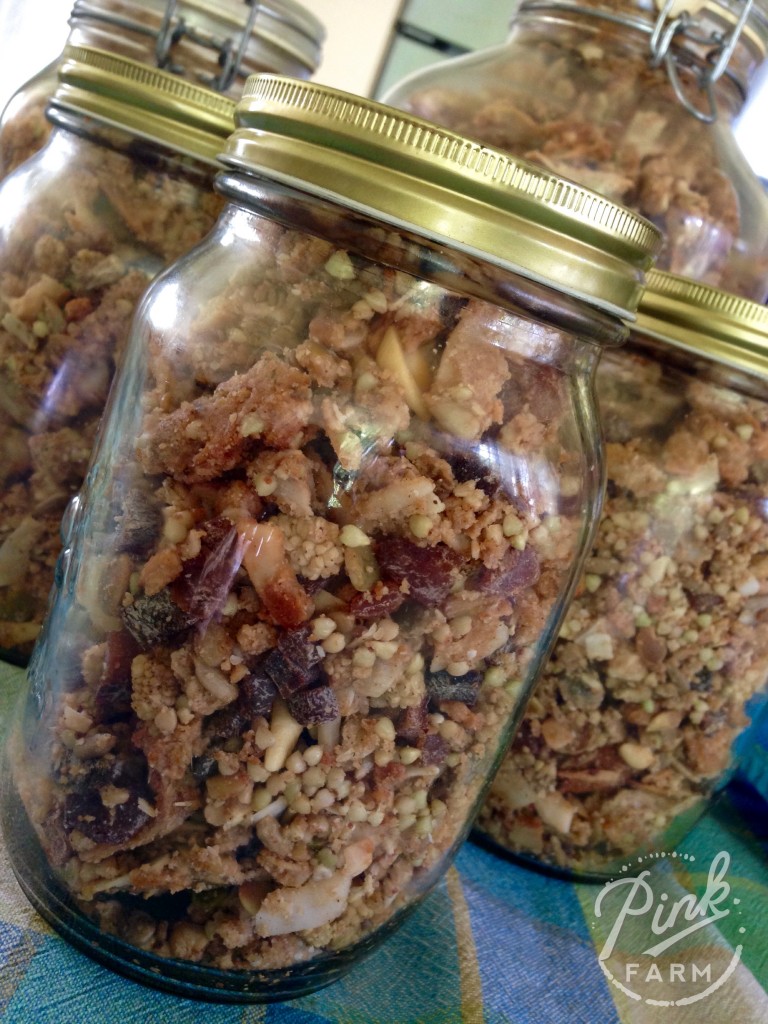

- 2 cups of sprouted buckwheat kernels
- 5 cups of activated almonds ground to a meal
- 4 cups of shredded coconut
- 2 cups of activated sunflower kernels
- 2 cups of activated pepitas
- 2 cups of chopped nuts (macadamias or cashews recommended)
- 1.5 cups of coconut oil
- 1 cup of raw honey
- 1 tbs vanilla
- 2 teas cinnamon
- 1 tbs mesquite powder (optional)
- 1 cup of diced dried fruit (optional)
- Mix all of the dry ingredients together (except dried fruit)
- Heat coconut oil and honey over gentle heat until just bubbling.
- Simmer for 1 minute.
- Stir in vanilla.
- Pour coconut oil mix over dry ingredients.
- Combine well (mixture will be quite moist)
- Press into baking tray like a slice, so mix is about 2cm high.
- Bake at 160c for about 20minutes until top starts to brown.
- Remove from oven and allow to completely cool on tray.
- Mix sticks together rather like a slice.
- Break into chunks when cooled.
- Mix in dried fruit if using.
- Place in airtight jar.
- Store in fridge.
- Serve with yoghurt or cream.
- Our favourite dried fruit in this muesli are Sour Cherries or dried white mulberries
Pasture Fed Animal Fat
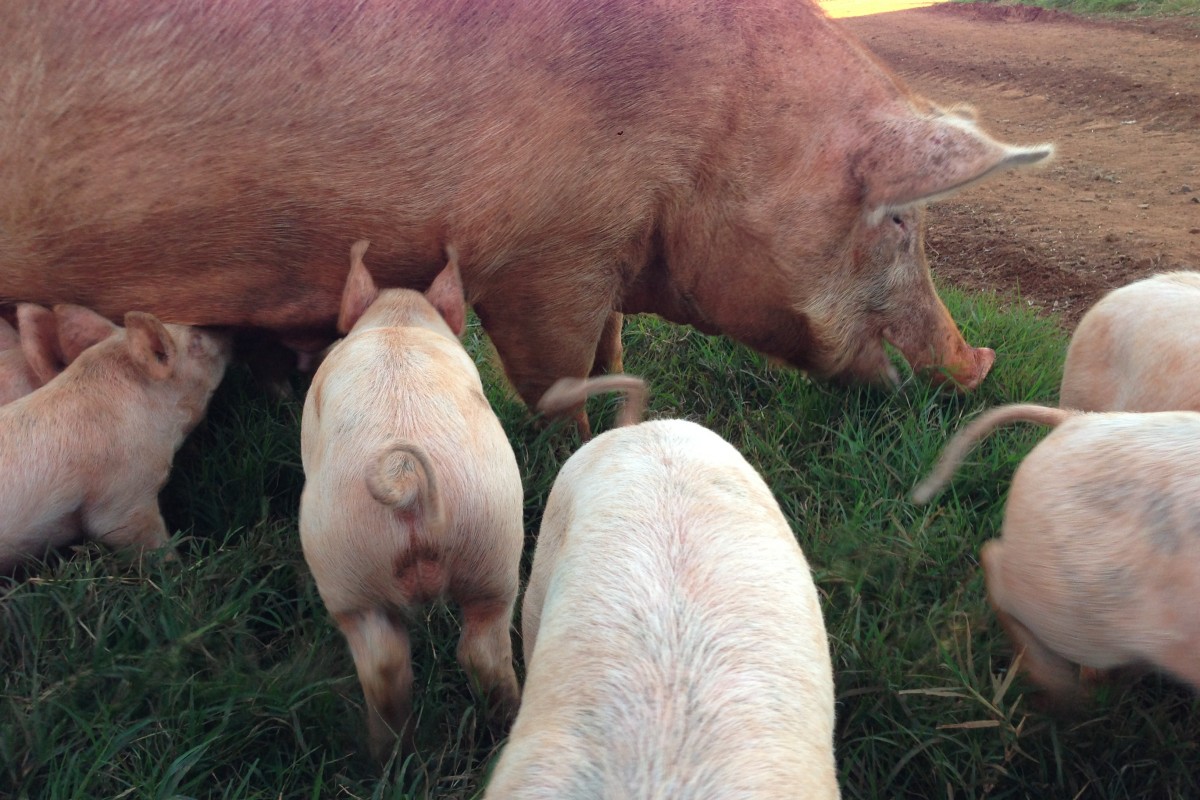
Fat or Famine…..We choose pasture fed animal FAT! Aside from making food taste great and the sensual pleasures of butter and cream, there are many unsung benefits of animal fats. “The popular fable, in which saturated fats are the villain, is mistaken…..saturated fats fight infections, aid digestion, and extend the use of the critically important omega-3 fats. Without saturated fats, the body cannot absorb calcium or build cell walls” (Nina Planck 2006).
If saturated fats like tallow (rendered beef fat) cause heart disease, then why is it that heart disease is an epidemic today? Most people wouldn’t even know what tallow is, let alone eat it? Encouragement by government bodies to ditch saturated fats for highly refined polyunsaturated seed and vegetable oils has been detrimental. Not only are these highly refined oils toxic, heating them causes oxidation which breeds free radicals that damage cells, tissues and organs in the body. The basis of many diseases.
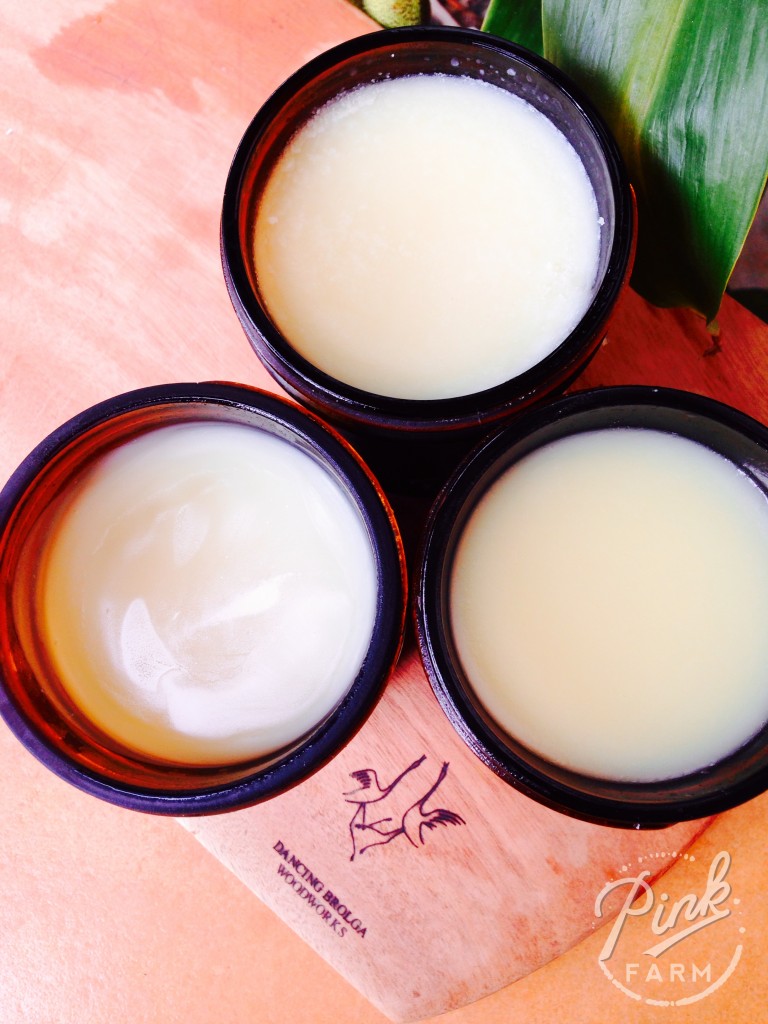
The thought of eating “animal fat” used to make my spine quiver! Government authorities and the media did a great job of convincing people like ourselves about the unnecessary evil of animal fats, persuading us to believe that toxic, factory made vegetable oils were superior!
The idea of dripping on bread as told by my parents and grandparents was nothing but a mere distant memory that now holds significant meaning to “real” food today. The wilful rewriting of dietary history excluding ‘fats‘ has been misleading and harmful to our health.
Animal fats were considered dangerous by the middle of the 20th century, around the same time farm animals, particularly beef cattle were being fed grain to “fatten” them up! Once again we had moved away from raising animals in a natural habitat and fed them foods that were not a part of their ‘natural’ diet.
Saturated fats are heat stable which mean they don’t oxidise like vegetable oils do when heated. Oxidised fats are highly toxic to our bodies.
The nutritional quality of meat and fat is directly related to the way in which that animal is raised. It is imperative that we consume meat/fat that is raised on organic green pastures as it:
• contains powerful immune boosters
• contains steric acid that lowers LDL
• is essential for fertility
• is essential for digestion
• has high amounts of CLA – powerful anti-cancer anti-oxidant.
• contains significantly higher amounts of Omega 3 fats.
• increased the fat soluble vitamins A, D, E & K.
Good Gut Health is Key

“All disease begins in the Gut” ~ Hippocrates, 460-370 BC
The topic of Gut Health is the driving force behind our food journeys. Gaining an understanding of the intricate network of our micro-biome and its connection with our entire bodily functions has been revolutionary knowledge for us. This understanding came about with the discovery of G.A.P.S (Gut & Psychology Syndrome) by Dr. Natasha Campbell McBride. A discovery driven by health challenges that our son’s were faced with in the first years of their lives taught us that “Good Gut health is Key”.
Just 4 years ago we were simultaneously challenged by the appearance of various mysterious skin rashes in our sons. After numerous visits to various medical practitioners regarding the multitude of skin rashes we walked away each time disheartened by the lack of answers and the attempts to falsely reassure us that this was a normal part of childhood! Not for us. There was no way we were going to accept this warped sense of ‘normality’. So here we are sharing our journey on Pinkfarm; sharing the knowledge we have gained through self-education and applying it in real life. It is these parallel journeys that have bought us here today. Gut Health is the key to our health and the health of our children and future generations. Understanding the importance of Gut Health is the switch that brings light to the subject of many health problems.
A healthy digestive system with a good bacterial population is to the body as healthy soil is to the roots of a tree. One cannot thrive and flourish without it. “A well-functioning gut with healthy gut flora holds the roots of our health” (Campbell McBride, p.25). It is essential for our health and survival. “The absolute number of living cells in our bowel is about nine times more than there are cells in our bodies, so we’re essentially 10 per cent human, 90 per cent poo,” says gastroenterologist Professor Thomas Borody, head of the Centre for Digestive Diseases in Sydney. The poo Dr Borody refers to is the bacteria that reside in our gut. When the ecosystem of our gut flora is disrupted and imbalanced it affects the body in many ways.
NUTRITION – When good bacteria are depleted, nutritional deficiencies can occur, as they are essential for digestion and absorption of nutrients from food. Such deficiencies interrupt normal bodily function & brain development as well as the immune system.
Eating a healthy diet full of good vitamins, minerals and healthy fats can be of little benefit if the gut is not efficiently digesting and absorbing them. Beneficial bacteria are also required to produce a supply of Vitamin K, B vitamins & amino acids.
IMMUNITY – Damaged Gut Flora leads to a malnourished, deficient, compromised, unbalanced and intoxicated immune system. 80-85% of our immunity is dependent on having good bacteria in the gut. It is often the body’s first line of defense against invading pathogens. This type of immune dysfunction can result in inflammation and auto-immune disease in the body (ie. irritable bowel syndrome, arthritis, psoriasis & eczema). When gut dysbiosis occurs (too much bad bacteria to good bacteria) large undigested proteins (like gluten and casein) can enter our blood stream, causing food intolerances and allergies.
BRAIN FUNCTION – Bad bacteria in the gut can also release toxins into the blood stream, having adverse affects on the brain. We rely on the ecosystem of our gut to protect our bodies from toxins. A symbiotic relationship with friendly bacteria is essential to shield our naturally porous intestines and protect the body and brain from the effects of toxic substances from external and internal sources.
“An unknown number of various neurotoxins are produced by abnormal flora in the gut…these are absorbed through the damaged gut wall into the blood and taken to the brain” (Campbell-McBride, p.50). Dr.Campbell-McBride explains that when a child’s brain is clogged with toxicity it does not allow the brain to develop properly, interfering with the development of social skills, communication skills and instinctive play. Such toxicity in children presents as the “Gut and Psychology Syndrome” (GAPS) as proposed by Dr. Natasha Campbell-McBride.
“Apart from childhood learning disabilities: autism, ADHD/ADD, dyslexia, dyspraxia and various learning and behavioural problems, there is another group of conditions which fit into the GAP Syndrome. These conditions are schizophrenia, depression, eating disorders, manic depression or bipolar disorder and obsessive compulsive disorder” (Campbell-McBride, p.7).
Good Gut Health is the answer to many health problems that burden our society today. So why do we have such a widespread population of compromised gut health and gut dysbiosis, expressing itself as the myriad of auto-immune diseases, mental health problems & chronic diseases? Unfortunately our convenient Westernised lifestyles with abundant and easy access to packaged foods, agricultural chemicals, birth intervention & pharmaceuticals has come at a high price, as the leading causes of gut health dysfunction.
Many lifestyle factors will enhance the growth of good gut micro-flora whilst others hinder it and encourage the bad bacteria to flourish. It is important to adapt lifestyle changes to re-sync our gut flora into a balance of more good bacteria and less bad bacteria to optimise our health.
FACTORS THAT ENHANCE GUT HEALTH
- Being born vaginally. When babies are born through the birth canal, they are exposed to mother’s micro-flora hailing the important initial colonisation of the newborn’s sterile gut (read more here)
- Breastfeeding. Breastfeeding is one of the only opportunities we have in our lives to populate the entire surface of our gut with a healthy mixture of bacteria to lay the basis of our future health. (read more here)
- Consuming Bone Broths. Rich in gelatin and extremely healing and soothing to the gut and high in minerals magnesium, calcium and phosphorus in a form that is easily absorbed, bone broths can be added to soups, stews, gravies and sauces (read more here)
- Eating REAL FOOD. Fresh, whole, organic and as close as possible to its whole form (read more about real food here)
- Probiotic foods. Eating fermented veggies just before or with your meals helps break down the food being consumed and also adds beneficial bacteria to the diet as does incorporating cultured beverages in your diet. Consuming milk kefir, kombucha and water kefir increase the beneficial bacteria in the gut.
- Prebiotic foods. These are foods that promote the growth and proliferation of beneficial bacteria in the gut. They are often beneficial bacteria. Such foods include herbs (dandelion root, chicory), vegetables (asparagus, onions, garlic, and leeks), raw apple cider vinegar, and dairy products).
- Avoiding Antibiotics. They destroy both good and bad bacteria in the gut. It can take up to 2 weeks (sometimes longer) for the gut to recover from a single dose of antibiotics.
- Drinking non-fluoridated & non-chlorinated water
FACTORS THAT DAMAGE GUT HEALTH
- Refined Sugar – which is in 80% of supermarket foods (read more here)
- Processed foods – high in refined wheat, sugar & vegetable oils
- Medications – such as antibiotics, contraceptives.
- Chlorinated Water – chlorine kills bacteria.
- Chemicals – agricultural, cosmetic, household, industrial.
Understanding the importance of good gut health has been pivotal in our health journeys. We have applied our knowledge in a practical sense and reaped the benefits. We both believe that addressing the roots of our health (good gut health) has enabled our sons to flourish with healthy skin and respiratory systems that were once compromised. By addressing all lifestyle factors in a holistic sense, leaving no stone unturned, we helped our children to reach their utmost potential. “Our Children are Our Future. Good Gut Health is the Key to Our Future” 
Know Your Butter
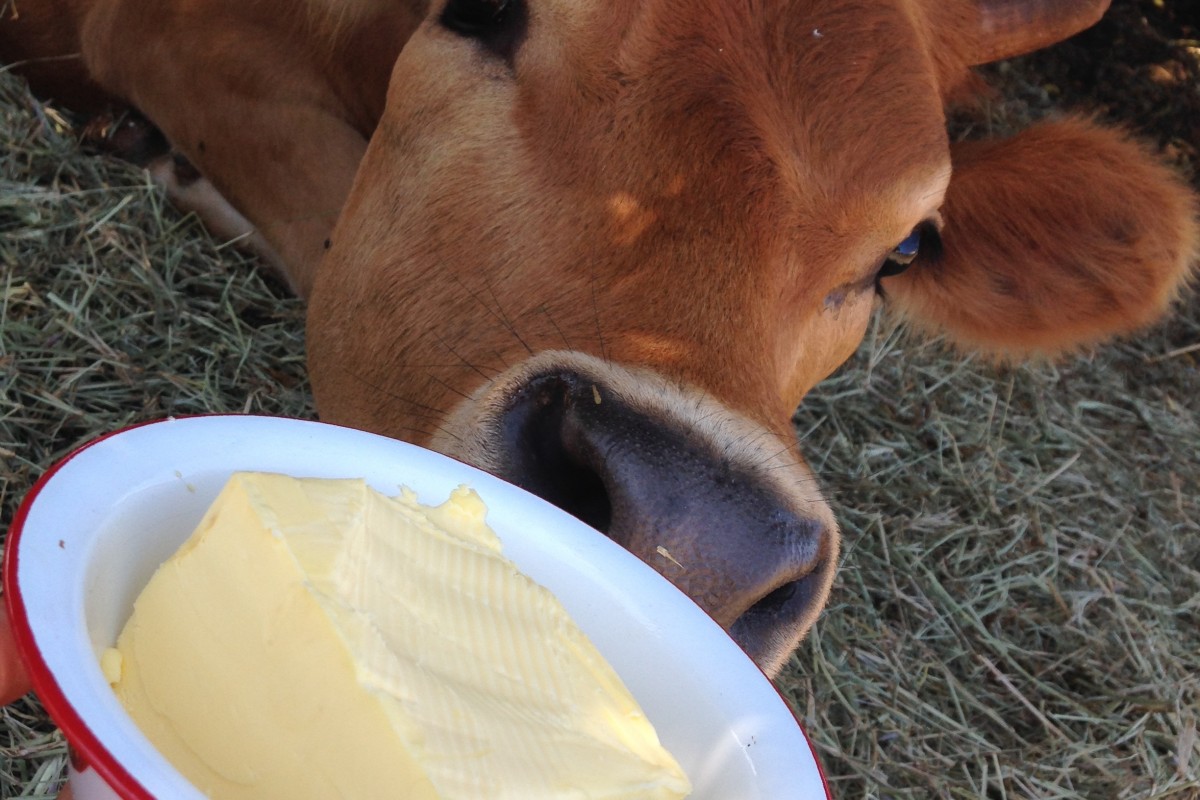
We have often discussed which butter is better and both often get asked which butter we use. We decided to do a little research. We are well aware of the increasing number of feedlot dairy farms in the USA and some Asian countries whereby dairy cows are confined to feedlots and are fed soley grain. These cows do not have access to green pastures. We are strongly opposed to these farming practises for environmental, health and ethical reasons. We have looked into a few different brands, both organic and non-organic and were trying to find out:
1. if the butter came from pasture fed cows
2. how much of the cow’s diet was supplemented with grains (if used at all)
3. where the cows were living and feeding because as we know many parts of Australia are drier than others.
The origin of the butter is important. We know that the greener the pastures, the more Vitamins (A,D and K) the butter will contain. This is especially true of cows grazing on fresh spring grass. As cows eat the greens that contain Vit K1 this is converted in the cow’s stomach to Vitamin K2 (known as the X-factor), which are present in dairy fats.
We investigated 8 different butters. Here’s what we learnt.
Aldi Just Organic
Being in the city, Pinky has always had access to Aldi and would often buy the ‘Just Organic’ butter. Even though Aldi’s butter is organic, we thought it was best to know for sure where the butter was sourced from and did it come from pasture fed cows. After lots of phone calls Aldi did state that the butter was from New Zealand but their exact source was ‘confidential.’ Because Aldi was so secretive about their product this left us feeling suspicious of the source of this butter. Given the recent exposure in the media of the laxed laws around New Zealand’s packaging and labelling of imported foods, this concerned us even more.
Westgold
Westgold butter is from New Zealand and uses milk from pasture fed cows (rarely given any grain) and they state that the cows are always on pastures. During the dry season the pastures are irrigated. Westgold butter is another favourite of ours as we had read about New Zealand butter being so high in Vitamin content due to the lush pastures. Westgold Butter is also produced from milk during the spring season when the grass is greenest resulting in higher Vitamin content.
Woolworths Homebrand
Westgold butter is what is used for Woolworths Homebrand. However the milk used to produce this butter is collected during the drier times of the year when pastures are poorer, therefore the butter does not contain the same high Vitamin content. This is obvious in the lighter yellow colour of the butter as well.
Woolworths Select
This is butter from Tasmania. We have read that most dairy farms in Tasmania pasture feed but we are still waiting on confirmation from the supplier.
Western Star
This butter is from Victoria produced from predominantly pasture fed cows whose diets are supplemented with small amounts of grain during milking. Through the dry season the milking herd is reduced and the cows are fed on dry fodder (hay) and some grain. If we buy Western Star we always choose the cultured variety which is in a green packet.
Organic Times
This organic butter from New Zealand comes from cows that have access to organic green pastures. Organic grain is supplemented in a small amount of 5% or less.
Organic Dairy Farmers – Australia
This is the only Australia certified organic butter made from cream produced by cows on Australian Pastures. This butter is produced in Camperdown, Victoria whereby the cream is separated on the day the milk is received and traditionally churned into butter. We have received validation that, whilst their butter is salted they do claim to use a natural sea salt.
Paris Creek
This is one of the only organic/biodynamic butters we have come across. It is produced by Biodynamic Dairy Farms in South Australia. Cows have access to green pastures and their diets are supplemented with organic dry fodder and barley grain during the drier times of the year.
Most varieties of butter provide an Unsalted and Salted version. We always opt for the unsalted variety UNLESS it reveals that Sea Salt is used. This was identified in the Salted version of the Organic Times Butter.
| Butter | Country of Origin | Organic | Where to Buy |
| Westgold | New Zealand |
No |
Woolworths |
| Woolworths Homebrand | New Zealand | No | Woolworths |
| Woolworths Select | Australia/Tasmania | No | Woolworths |
| Western Star | Australia/Victoria | No | Woolworths/Coles |
| Organic Times | New Zealand | Yes | IGA/Health Food Stores |
| Paris Creek | Australia/South Australia | Yes & Biodynamic | IGA/Health Food Stores |
|
Pepe Saya Cultured Butter |
Australia | Not certified | Health Food Stores |
|
Australia Organic Dairy Farmers |
Australia | Yes | IGA/Health Food Stores |










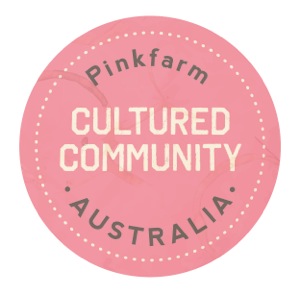




 "Pinkfarm” has been created by 2 friends on a real food journey; learning, sharing, creating, inspiring and challenging politically correct nutrition. A country girl living on a farm on the beautiful Atherton Tablelands with a bustling house of 5 children and a city girl living in a metro Sydney townhouse with 1 beautiful son.
"Pinkfarm” has been created by 2 friends on a real food journey; learning, sharing, creating, inspiring and challenging politically correct nutrition. A country girl living on a farm on the beautiful Atherton Tablelands with a bustling house of 5 children and a city girl living in a metro Sydney townhouse with 1 beautiful son.







